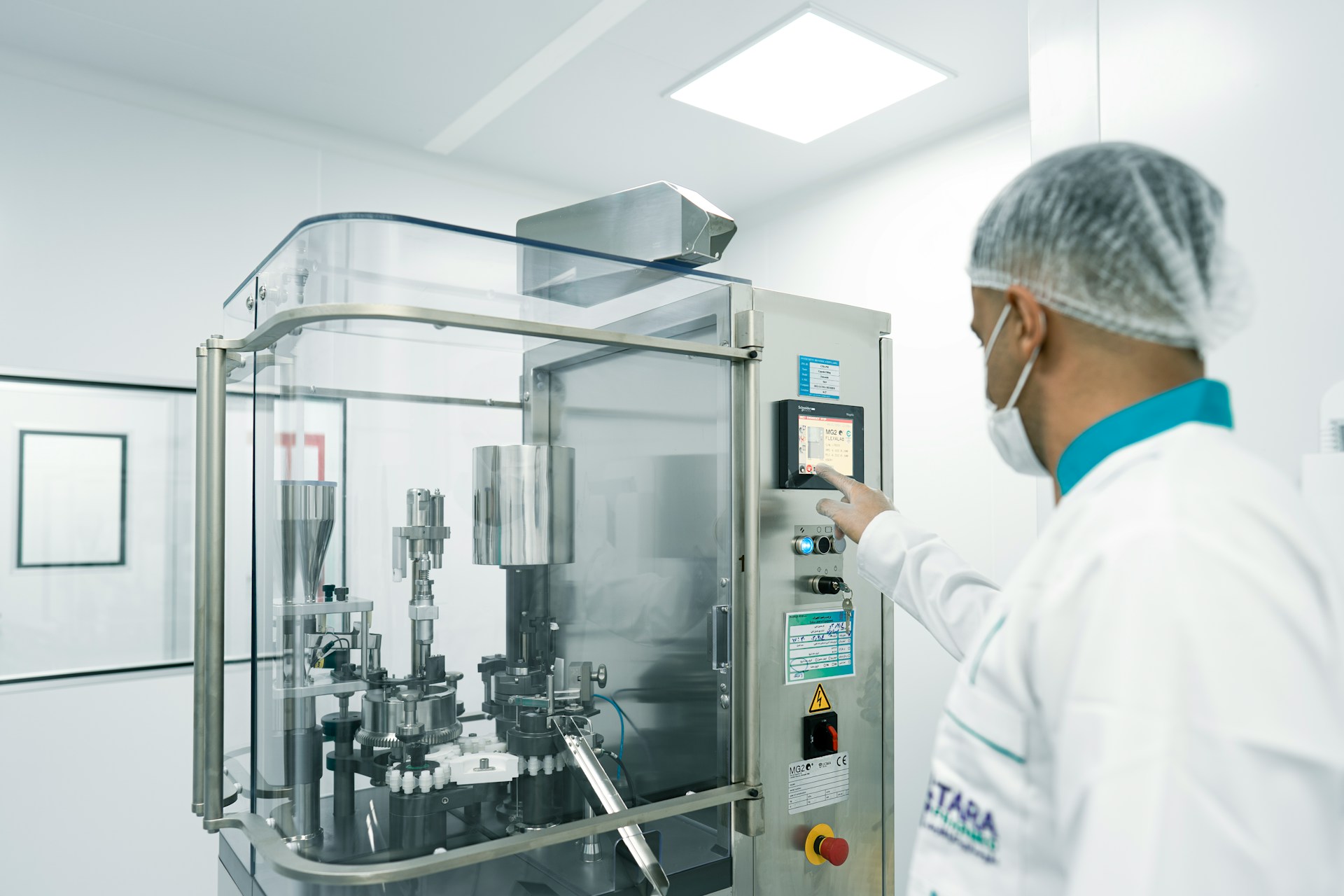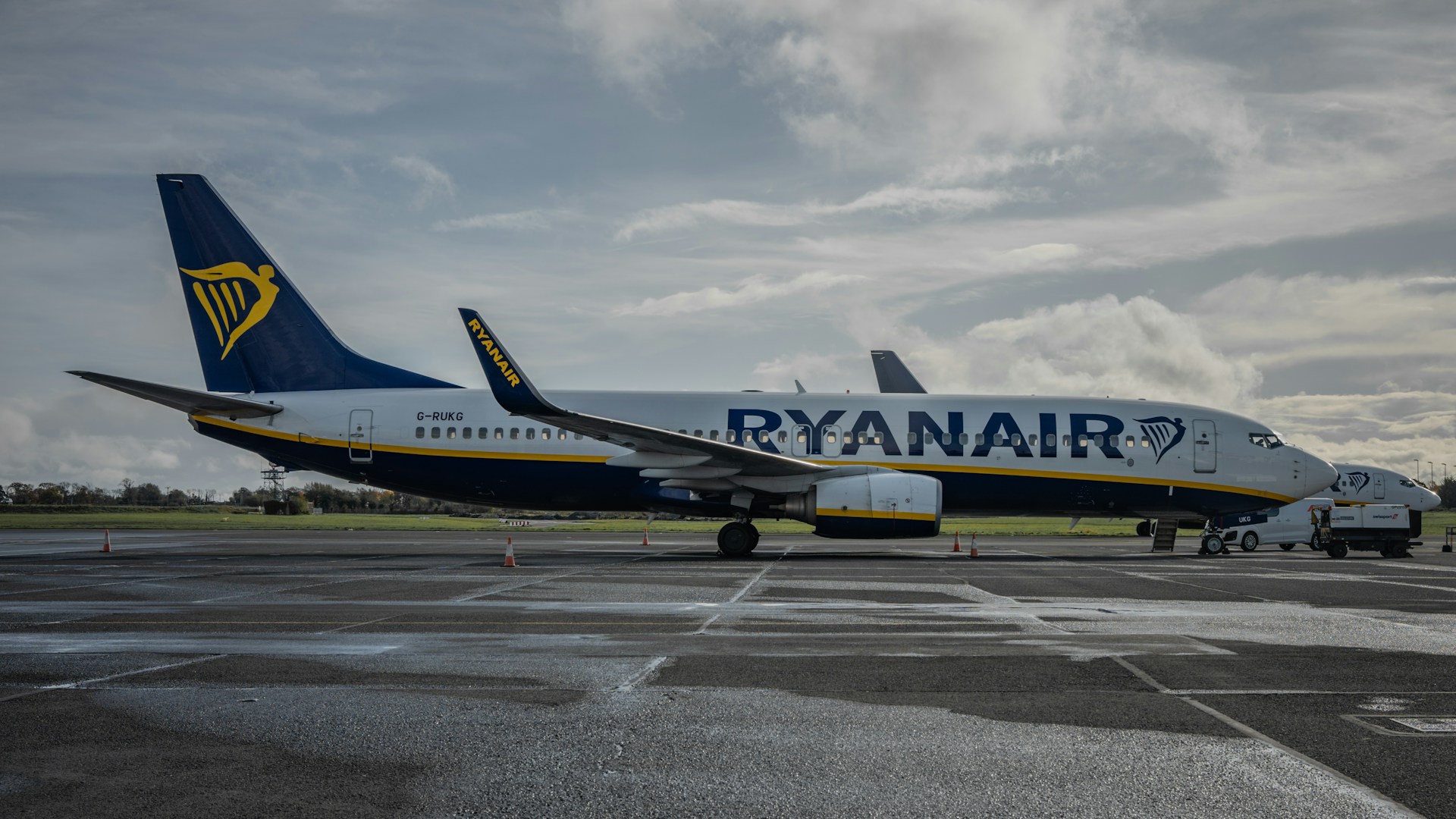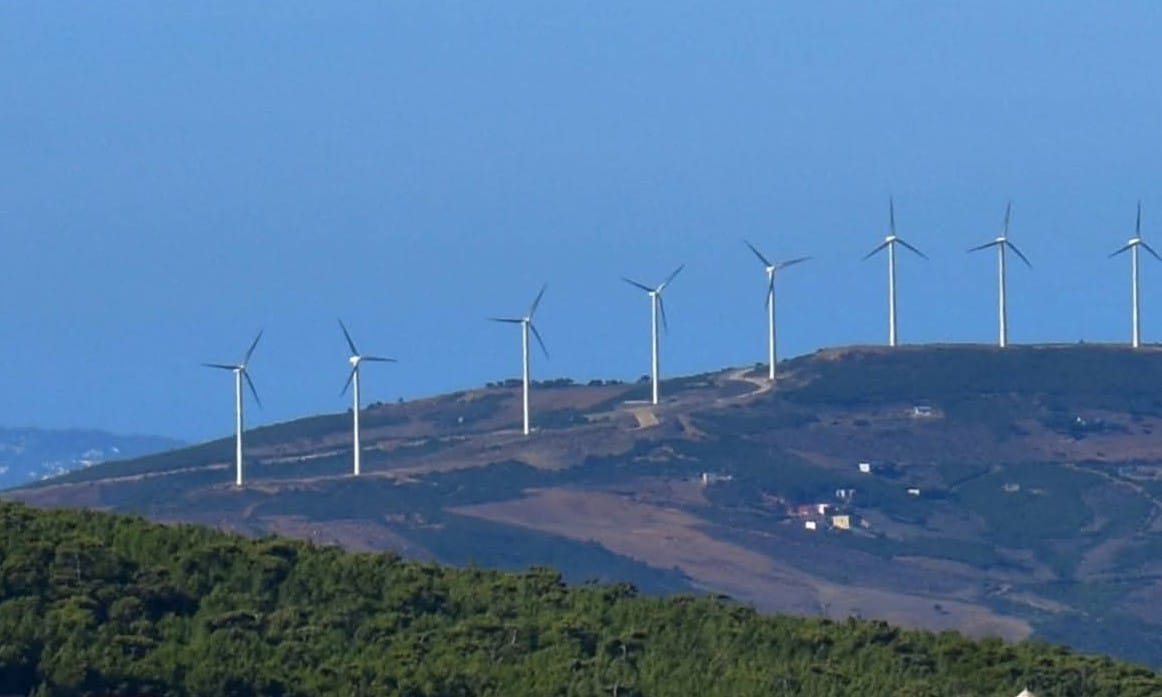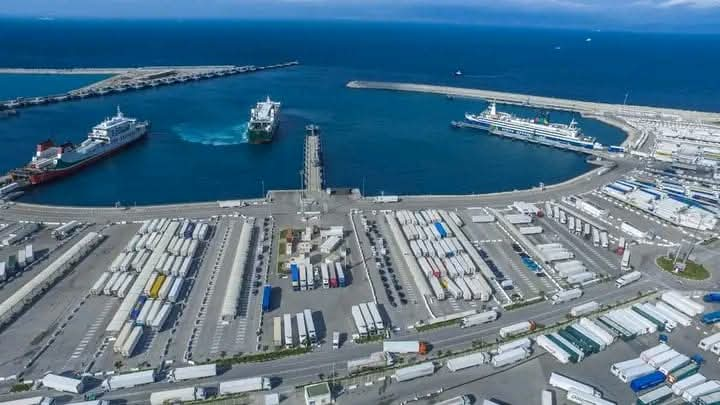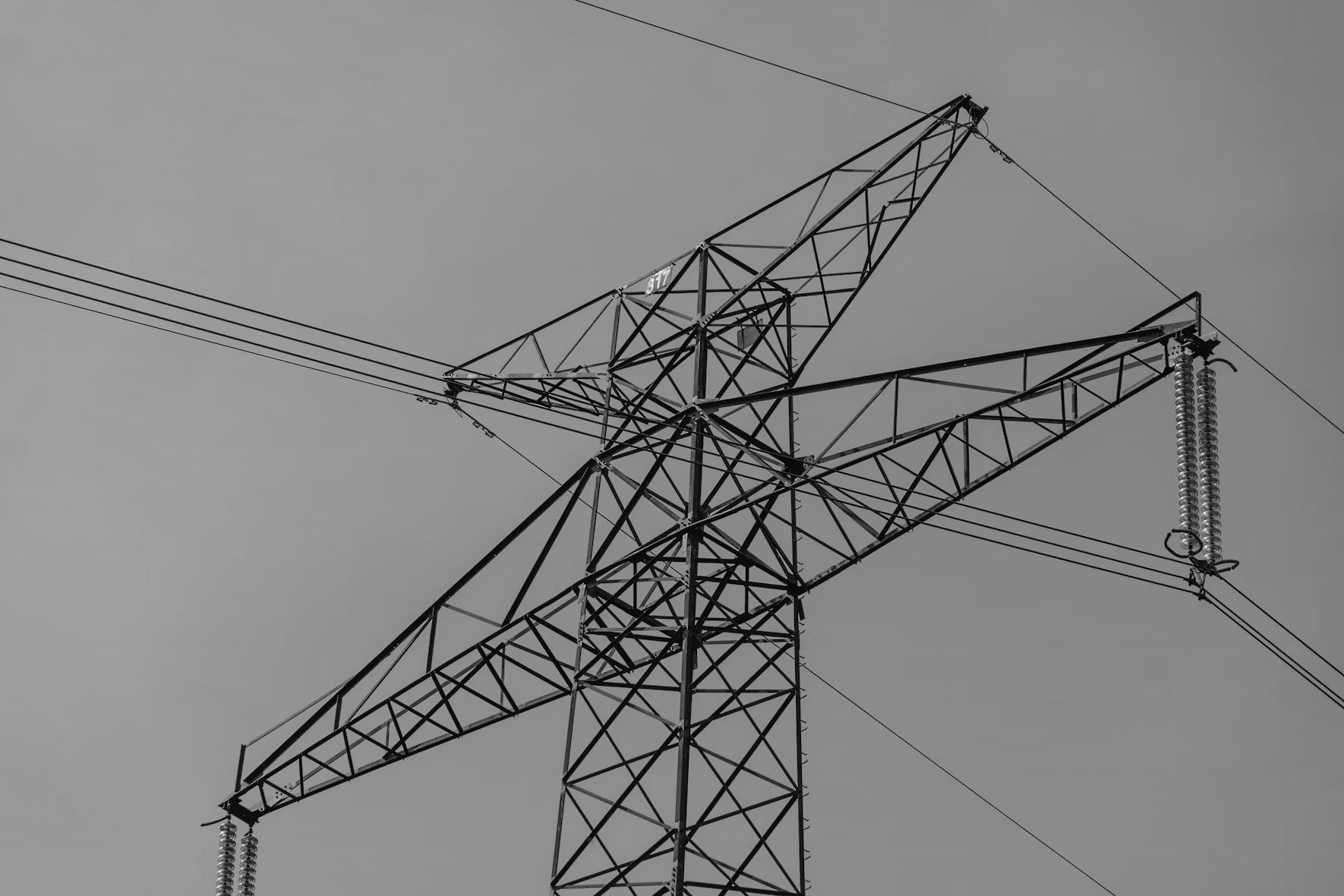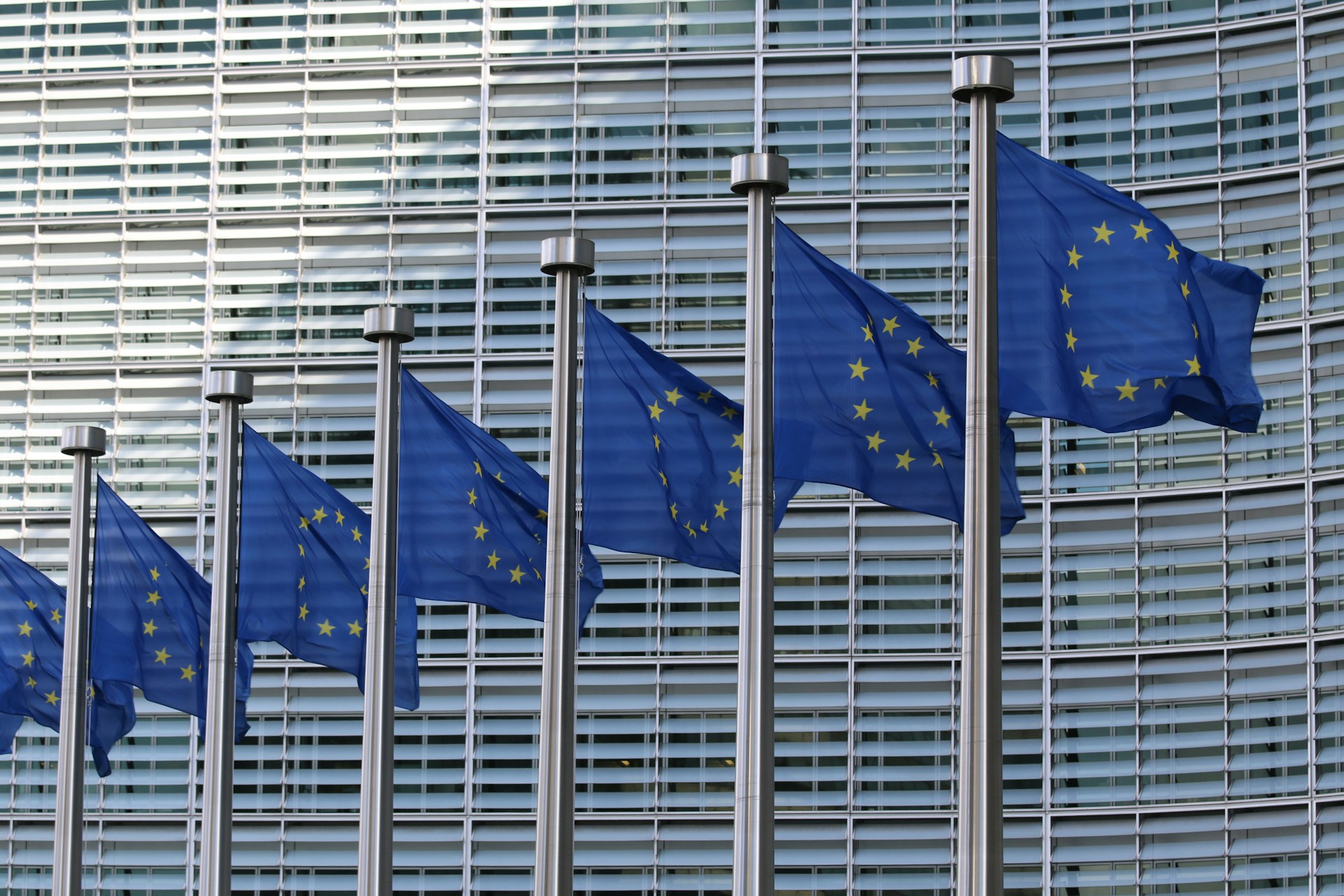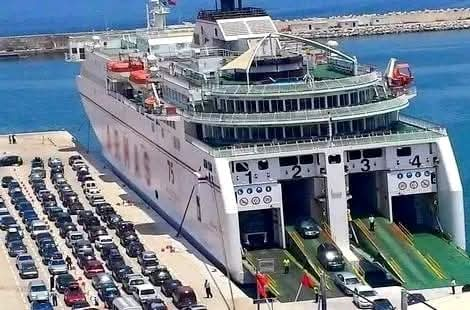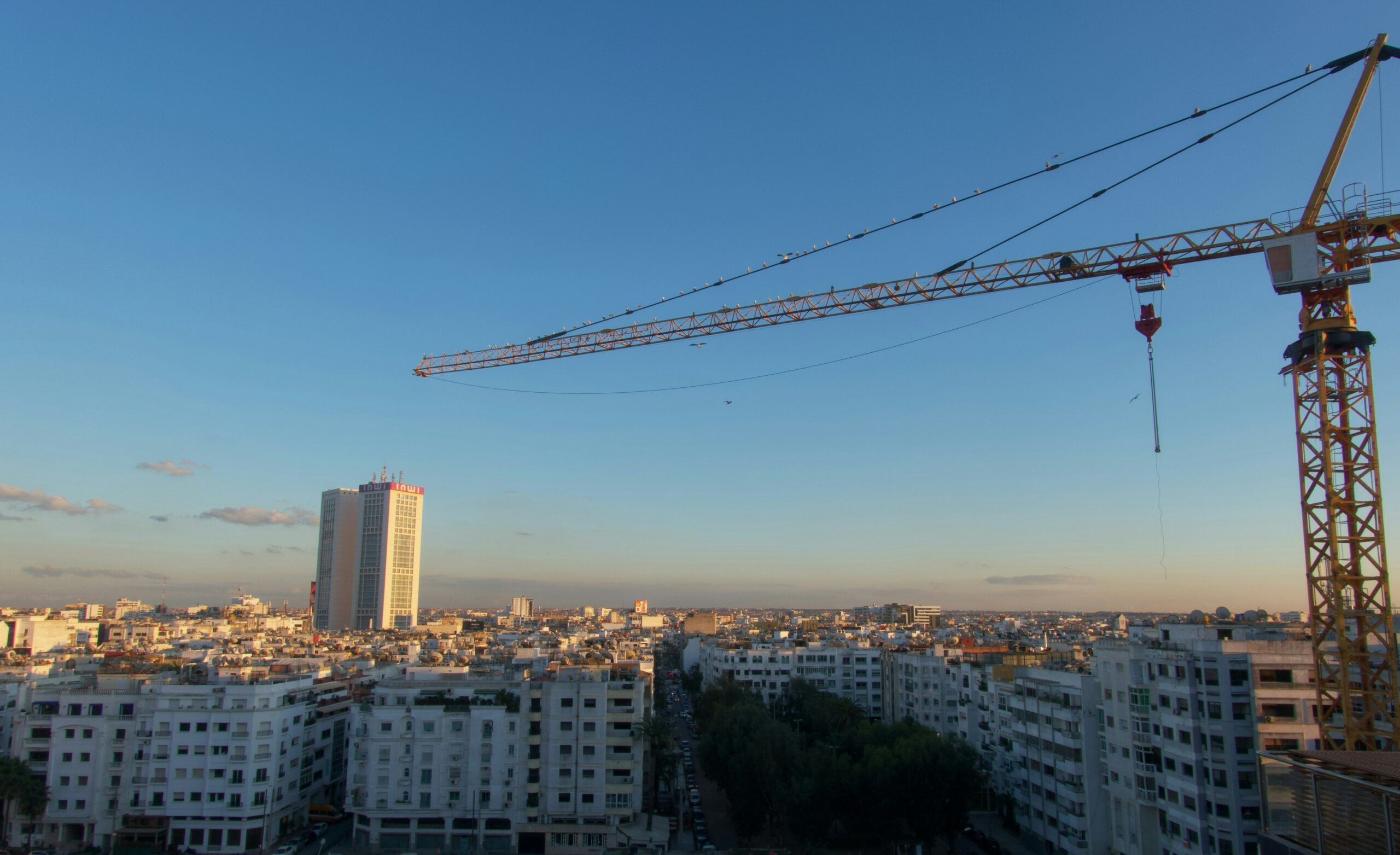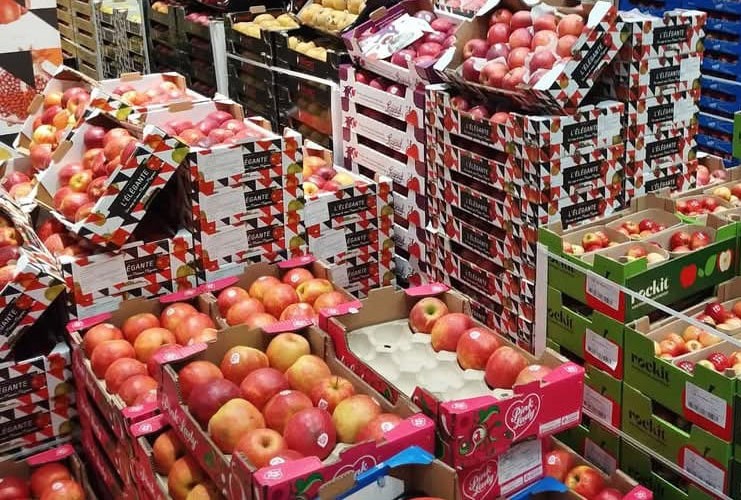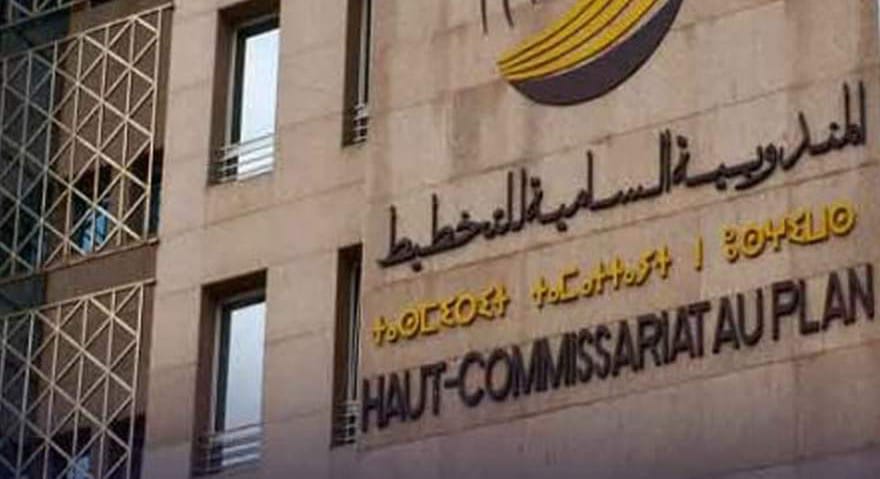Casablanca – Morocco is advancing rapidly in its efforts to build a modern and integrated port network that reinforces its strategic position between Europe, Africa, and the Atlantic. Through large-scale investments and coordinated planning, the country is transforming its maritime infrastructure into a key driver of economic growth, trade competitiveness, and logistical efficiency.
The development of port infrastructure has become one of Morocco’s central strategies to enhance its role as a regional hub for commerce and transport. From Tangier to Dakhla, major projects are underway to improve logistics, support industrial activities, and expand the nation’s maritime capabilities. These efforts are positioning the Kingdom as a crucial link in global supply chains connecting Africa to Europe and beyond.
One of the most significant projects is the ongoing restructuring and modernization of the Casablanca Port Complex. With an investment exceeding $155 million and completion targeted for 2025, the initiative aims to upgrade fishing terminals, cruise facilities, and ship repair zones. The new installations will accommodate more than 260 artisanal fishing boats and around 100 coastal vessels, strengthening Morocco’s fishing industry and ensuring better management and valorization of marine products.
A new shipyard equipped with a 240-meter dry dock will enhance industrial capacity, while a cruise terminal capable of receiving 450,000 passengers annually is expected to reposition Casablanca as a major stop on the international maritime tourism map. These upgrades also align with Morocco’s preparations for hosting major global events such as the 2030 World Cup, which are expected to increase visitor flows and maritime activities.
Beyond Casablanca, Morocco’s port expansion reflects a comprehensive national approach aimed at creating a balanced and interconnected maritime network. Tangier Med, already among the top ports in the Mediterranean and Atlantic regions, has become a symbol of Morocco’s logistical transformation. In less than two decades, it has evolved into one of the world’s most efficient transshipment hubs, handling millions of containers annually and linking over 180 ports across 70 countries.
Complementing Tangier Med is Nador West Med, a new deep-water port located in the country’s eastern region. Designed to serve as an industrial and energy platform, the project includes specialized terminals for hydrocarbons, bulk goods, and containers, as well as modern rail connections. This facility aims to strengthen trade flows between Europe and Africa while stimulating industrial growth and job creation in the Oriental region.
Further south, the Dakhla Atlantique Port represents one of the largest infrastructure projects currently under development in the country. With an investment of around $1.3 billion, the port will have an annual capacity of 35 million tonnes and is expected to serve as a key node for maritime trade and energy exports, particularly in the emerging green hydrogen sector. Dakhla Atlantique is also strategically positioned to facilitate exchanges within the African Continental Free Trade Area (AfCFTA), linking sub-Saharan Africa to international markets through Morocco’s Atlantic coastline.
According to logistics experts, Morocco’s expanding network of specialized ports reduces dependence on single trade routes and minimizes exposure to global supply chain disruptions. The interconnection between Tangier, Casablanca, Nador, and Dakhla enhances national resilience by ensuring the continuity of logistics operations even during economic, health, or geopolitical crises.
These developments are also aligned with Morocco’s sustainability agenda. The country’s port authorities, notably the National Ports Agency (ANP) and Tangier Med Port Authority, are integrating environmental standards into port design and operation. New facilities feature energy-efficient systems, digitalized logistics platforms, and measures to reduce carbon emissions. Training programs are also being implemented to develop a skilled workforce capable of managing modern, eco-friendly port environments.
Morocco’s investments in port infrastructure underline a strategic understanding that competitiveness in the global economy increasingly depends on logistical fluidity rather than just production capacity. By expanding and diversifying its maritime gateways, Morocco is strengthening its position as an Atlantic trade power and a trusted partner for international investors seeking access to African and European markets.
In essence, the country’s ambitious port modernization program represents more than just infrastructure upgrades—it signals a broader economic transformation. It supports industrial diversification, enhances export potential, and opens new opportunities in logistics, tourism, and renewable energy. As the new generation of Moroccan ports takes shape, the nation is consolidating its status as a resilient, connected, and forward-looking maritime hub capable of driving sustainable growth well into the future.


